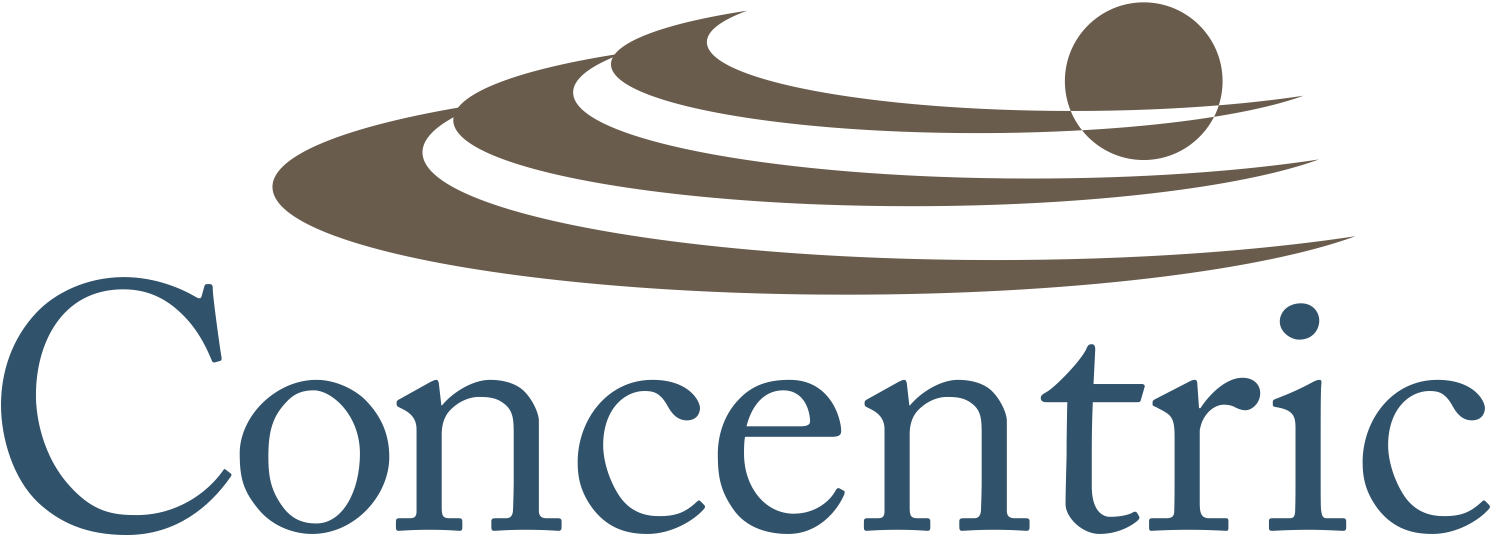ISO 9001:2015 Changes: What It Means for You
By now, you’ve surely noticed the buzz around the upcoming changes to ISO 9001. ISO 9001:2015 is projected to be approved and released in Q4 of 2015. If you haven’t heard the buzz, then perhaps you need to subscribe to a blog or two, pick up Quality Digest or raise your head a bit from the rock you’ve been hiding under! All rocks aside, this revision looks to have several significant changes to the standard including the overall structure, basic terminology as well as what is NOT going to make the cut for the new release.
What you can do to start preparing now.
The reality is quite simple. Change happens whether we like it or not. Markets change. Businesses change. Customers change. Nearly everything changes. Most of the time we hate change. Our brains are just programmed that way. We don’t like what we don’t know, but we know what we like. As quality practitioners in particular, our job as change agents tend to be easier when WE are driving the change versus times when we are being asked to change ourselves.
This round of ISO 9001 revisions will undoubtedly be the most significant change to international QMS standard in the past 15+ years. We have seen a draft that gives a little understanding of what to expect with the changes ahead (ref. http://www.acommoncenter.com/iso9001_2015). But what are you doing with the proposed changes, if anything? Are you preparing your organization’s risk management efforts through the use of tools such as the FMEA? What is the appropriate amount of control needed for any process that effects the customer or “other interested parties” (do you know what that means)? Have you appropriated defined expected process outputs by ensuring proper management of customer-specific requirements?
I encourage you to set aside 30 minutes to review this Google+ Hangout video titled ISO 9001 revision - Conversation with Nigel Croft. Mr. Croft is the Chair of the Subcommittee revising the ISO 9001 standard (aka “the horse’s mouth"). Watch the YouTube video here.
Our philosophy is that it is better to be proactive than reactive. While we don’t currently know all of the requirements that will make the final cut, we do have several opportunities to begin to be proaction with the changes ahead. It is at least time to start discussing potential changes to the requirements in order to think strategically about potential impacts and resource needs over the next 3-5 years.
What are some of your thoughts on these big ISO changes that are being proposed in the current draft? How are you preparing for these proposed changes? Let us know in the comments and share with the community. And if you are interested... keep up to date with our upcoming forum and online discussions in September.

